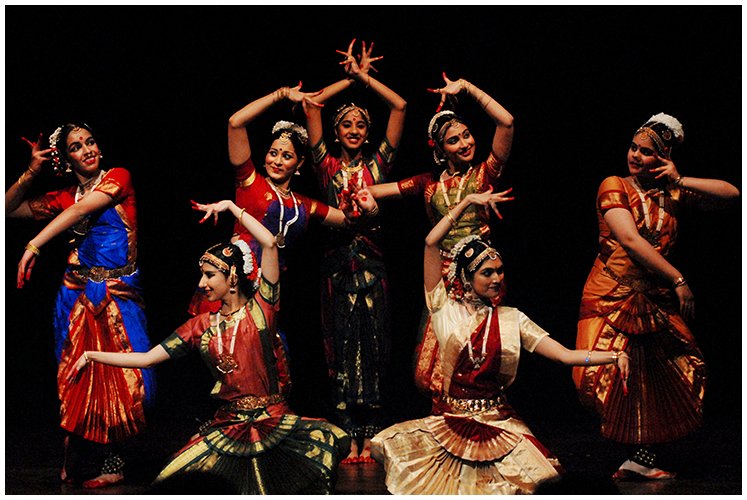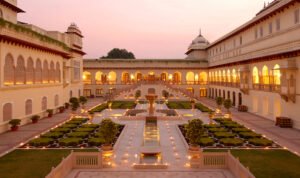Bharatanatyam is not just a dance – it’s a living poem, a moving prayer, and one of the oldest classical dance forms of India. Originating in the temples of Tamil Nadu, Bharatanatyam is known for its elegance, precise movements, and powerful expressions that narrate stories of gods, goddesses, and cosmic truths.
Sacred Origins in Temples
Bharatanatyam dates back over 2,000 years and was originally performed by devadasis (temple dancers) as an offering to the deities in South Indian temples, especially to Lord Shiva in his Nataraja form – the cosmic dancer.
The name “Bharatanatyam” is often broken down as:
Bha – Bhava (expression)
Ra – Raga (melody)
Ta – Tala (rhythm)
Natyam – Dance
Together, it represents the harmonious blend of emotion, music, and rhythm.
The Language of Movement
Bharatanatyam is known for:
Nritta – Pure dance (rhythmic movements, patterns, and footwork)
Nritya – Expressive dance (with gestures and facial expressions)
Natya – Dramatic storytelling (enacting mythological tales)
Every gesture (mudra), eye movement, and step has meaning. The dancer becomes the character — be it a playful Krishna, a fierce Durga, or a devoted lover.
Costume and Expression
The costume is vibrant and symbolic — silk sarees with pleats that fan out beautifully, traditional temple jewelry, fresh flowers, and a striking eye makeup style that highlights expressions.
The dancer’s face is a canvas of emotions — love, devotion, anger, longing, compassion — expressed through intricate facial movements called abhinaya.
Music and Instruments
Bharatanatyam is typically performed to Carnatic music, and the live orchestra often includes:
Vocalist
Mridangam
Veena or Violin
Nattuvangam (cymbals played by the dance teacher or conductor)
The synchronization between music and movement is mesmerizing.
Icons Who Made It Timeless
While the dance form was once confined to temples, it was revived and brought to global stages in the 20th century by pioneers like:
Rukmini Devi Arundale – who brought Bharatanatyam into the modern spotlight.
Balasaraswati – known for her unmatched abhinaya and devotion to tradition.
Thanks to such icons, Bharatanatyam is now practiced and celebrated all over the world.
Why Bharatanatyam Still Captivates
In a world that moves fast, Bharatanatyam teaches us to slow down, feel, and connect. Every performance is a journey — into mythology, emotion, and self-expression. It’s not just dance; it’s a way to experience devotion through art.
Whether you’re watching a solo recital or learning your first mudra, Bharatanatyam invites you to witness the divine — one graceful step at a time.









